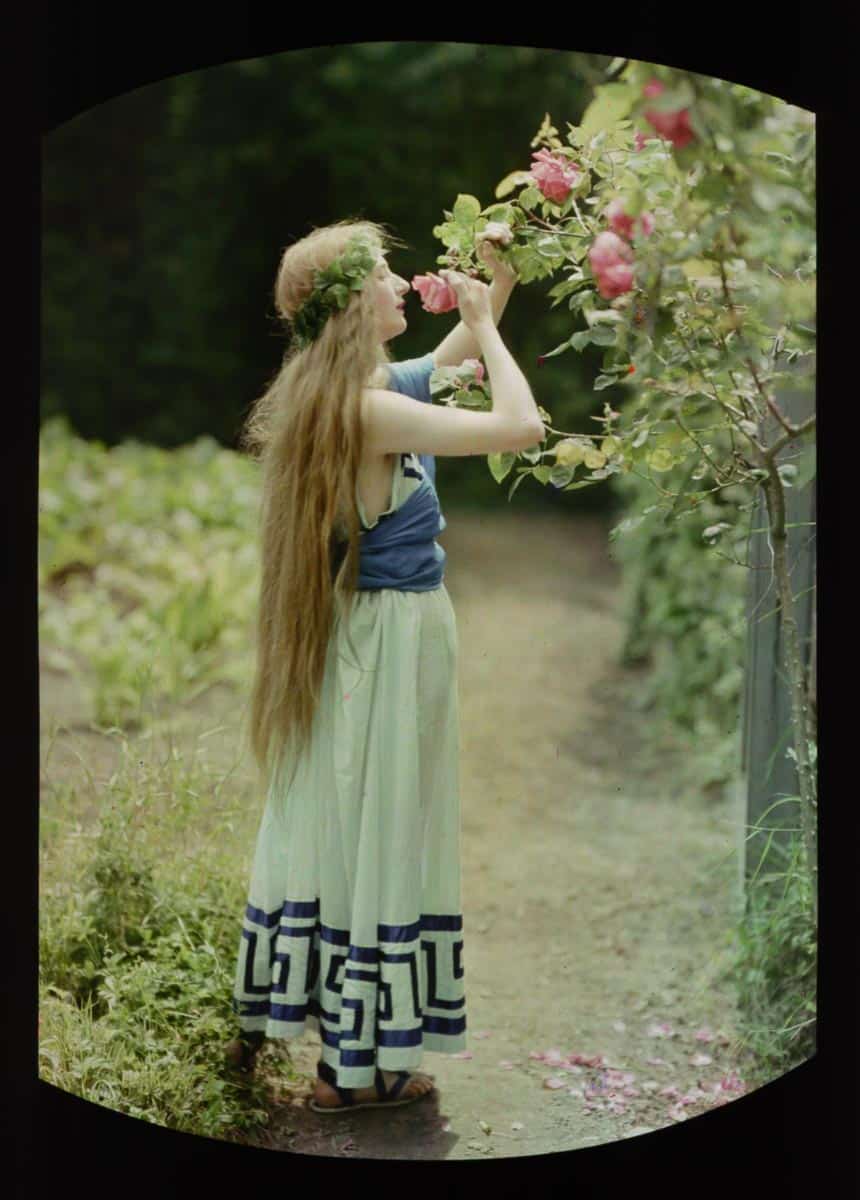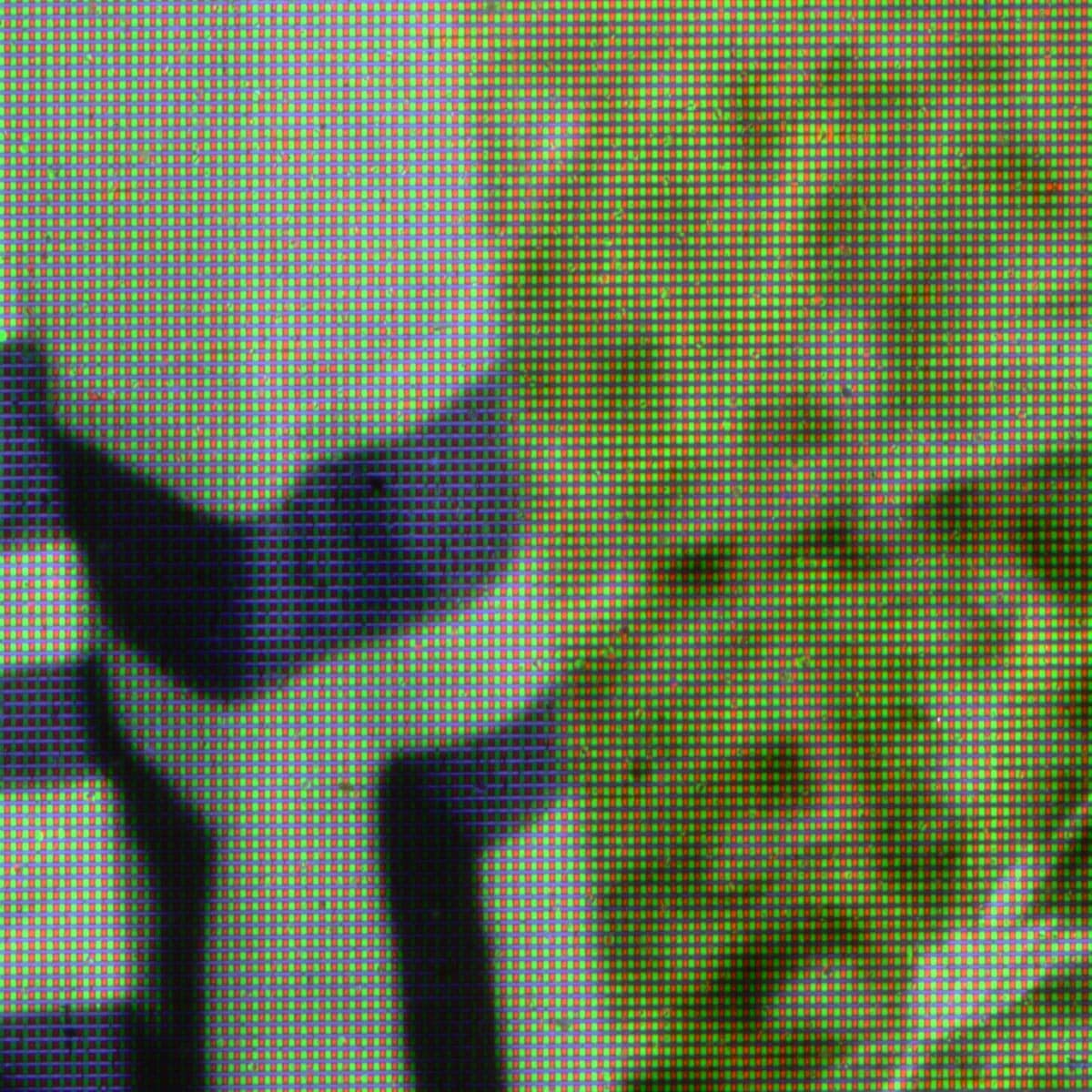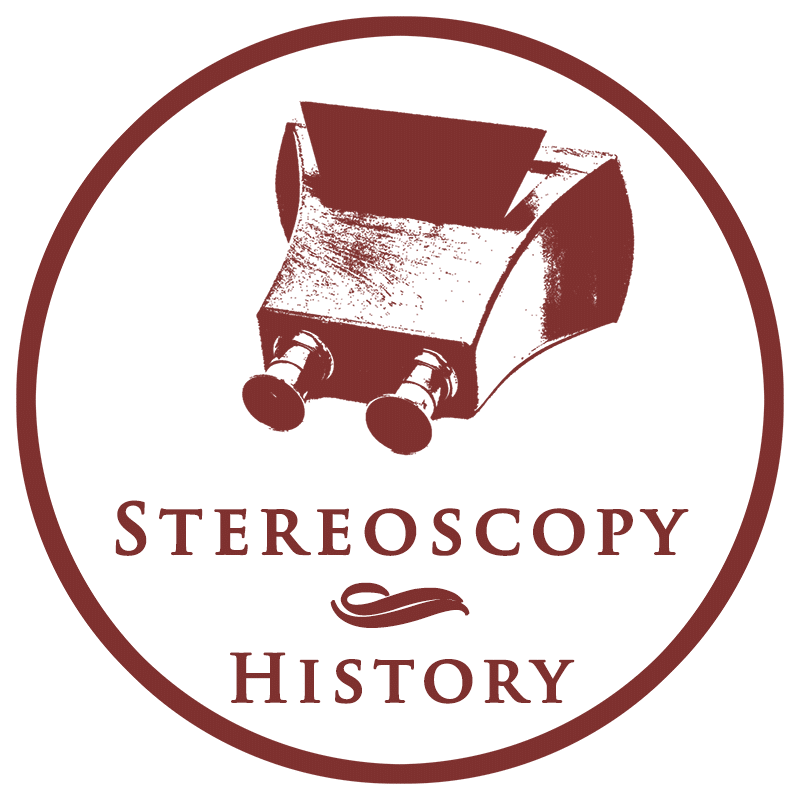
Dioptichrome was an early colour process invented by Louis Dufay. It was announced in 1908 as Diopticolore, but after an improvement it was renamed a year later to Dioptichrome1. Like the autochrome process, it was based on the principles of additive colour and the screen process but it had more similarities with Jougla Omnicolore. A Dioptichrome image consists of a pattern of ink lines and square dots that form a colour filter screen. Dioptichrome required shorter exposure times2 than autochrome and the image produced appealing colours.

Manufacturing the Dioptichrome glass plates proved to be complex and the production process had its difficulties as the plates were often defective3. 40.000 plates were sold in 1911, but the production was stopped after the outbreak of the First World War in 1914. The market for colour photography was small because of the high costs compared to black and white plates, and the war caused uncertain times. Autochrome had the momentum and remained the leading colour process until the 1930s.
After the war, Dufay used the basics of his process to produce a colour film with the name Dufaycolor. It was more successful, and the film remained popular until the 1950s.
Glossary: additive colour / screen process
